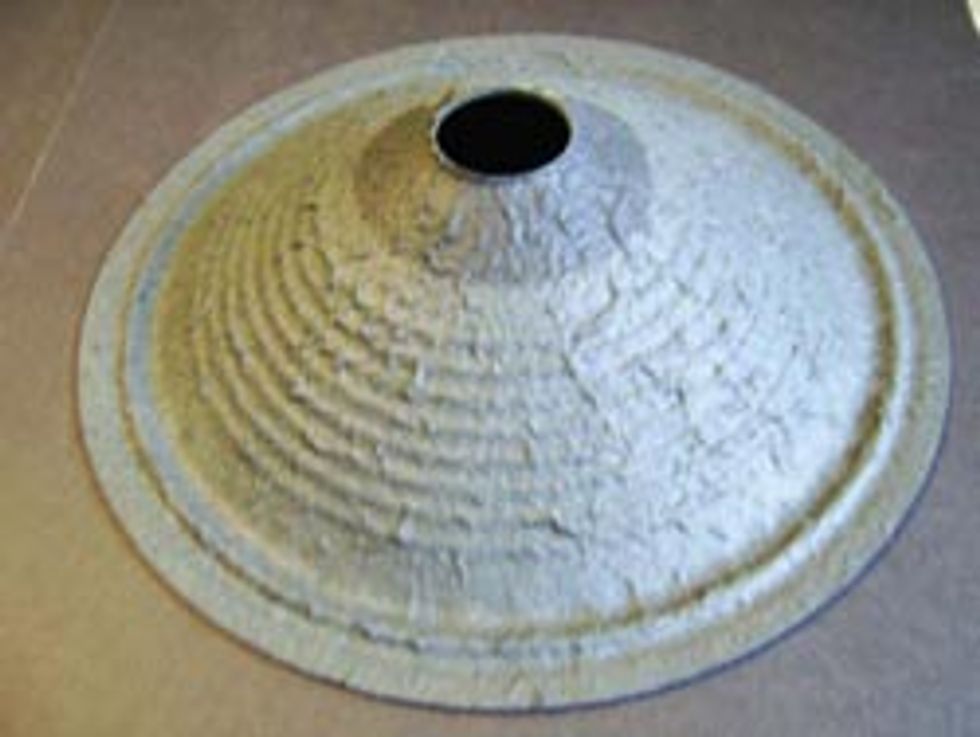There have been many changes in speaker manufacturing and development in recent decades. Among the manufacturing innovations are the use of neodymium magnets, acrylic adhesives, synthetic suspension materials, and a variety of paper cone construction techniques. In speaker development, the major innovations can be attributed to new systems of dynamic analysis. 
Today’s use of acrylic adhesives guarantees good adhesion for decades—especially between the cone, spider and voice-coil, which in turn keeps the speaker sound unaltered over time. Vintage speaker enthusiasts know from experience that the old glues used in speakers built a few decades ago were the main cause of speaker breakdown over time.
Another critical element in speakers is the suspension, which tends to deteriorate with time. The use of synthetic materials like Kevlar or Konex, instead of cotton, has made today’s speakers much more stable than those made just ten years ago, enabling the speaker performance at low frequencies to remain unaltered for years.
As for the cone, we are frequently asked about the differences between the various construction techniques. Almost all paper cones for speakers are constructed by depositing wet cellulose on a cone-shaped mold. The drying process of the cellulose pulp can be made with three different processes:
1. Heat radiation without any contact produces no press cones. These cones are often used for hi-fidelity speakers. These cones are light and stiff; however, the process is very lengthy and expensive.Another process, called seaming, popular in the 1950s and ‘60s, consists of making cones from a sheet of paper instead of from cellulose pulp. The sheet is punched according to the intended shape and kept in an environment with 100% humidity for a few days, after which it is laid between two hot molds and the desired shape is obtained. The area where the two strips of the cone overlap is glued to keep the shape. These cones have a very particular sound and have been successful mostly for guitar speakers. Jensen has made much use of it in the past, and even today a few speaker models adopt this type of cone.
2. The wet cellulose that is deposited on the mold is slightly pressed by a countermold with felt, which eliminates most of the water. This, together with the passing of hot air, makes the cone dry quickly. Cones obtained with this process are recognizable by the fact that the waves on the edge do not have an even thickness. This method produces cones of excellent quality and reasonable production costs.
3. The wet cellulose is put between two hot molds (male and female) that dry the cone and determine its shape. The cones obtained are usually rather thin with edges that are even in thickness. This method produces cones with very consistent characteristics which are light and inexpensive.
The guitar speaker not only transforms electric signals into acoustic signals, it is also a highly characterizing component of sound, comparable to the amplifier and the guitar itself. Speakers with seamed cones have their own sound that goes beyond all technical comments because they are “a way of making sound” that is certainly not possible to achieve with felted cones.
In speaker development, the greatest innovations since the mathematical analyses elaborated by Thiele and Small in the mid-seventies can be attributed to new systems of dynamic analysis, which have made it possible to optimize the suspensions and magnetic circuit. These systems also enable us to know, in real time, the temperature of the voice-coil while functioning at high power. This has been an enormous help in optimizing the ventilation of the magnetic circuit, which remarkably reduces the phenomenon of power compression.
Electric and acoustic measurements are only a starting point, and final verification point, for speaker development. Listening tests must be conducted to understand the sound of the speaker and how to better adapt it to its application. The experience of acoustic engineers (who often times are also musicians) and feedback from consultants (who thoroughly know the applications) make the difference between producing the best overall speaker for an application and producing a speaker that just looks good on paper. This is the philosophy that results in the union of technique and love of music, and the thread needed to link the production of the best-sounding speakers.
Raimondo Sbarbati
Raimondo Sbarbati is the owner/manager of SICA Altoparlanti in Italy, the manufacturer of SICA brand and Jensen musical instrument speakers.
Kurt Prange
Kurt Prange is the Sales Engineer for CE Distribution, LLC in Tempe, Arizona.
jensentone.com

























